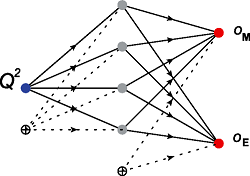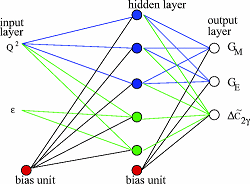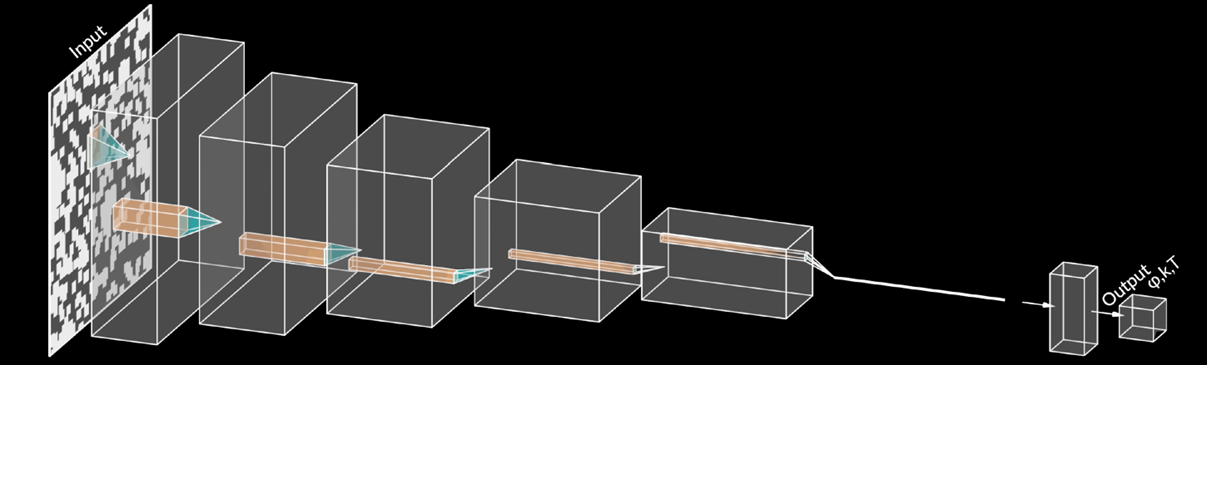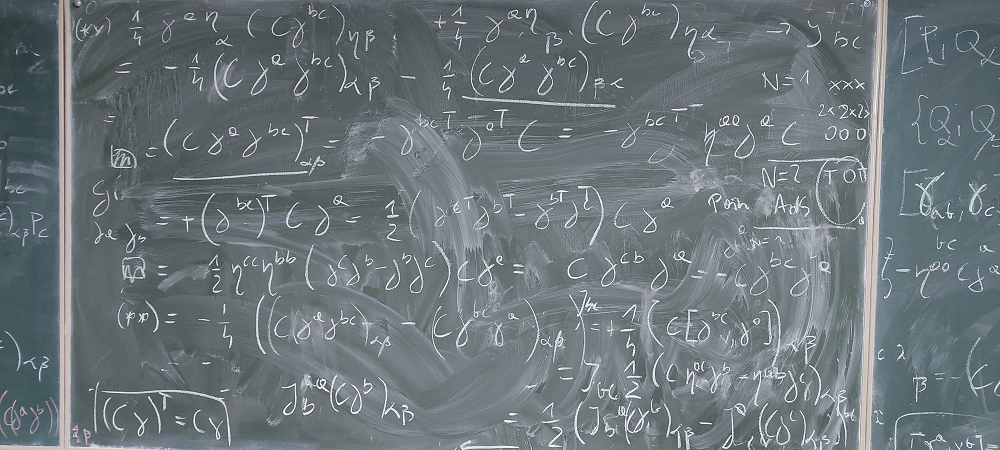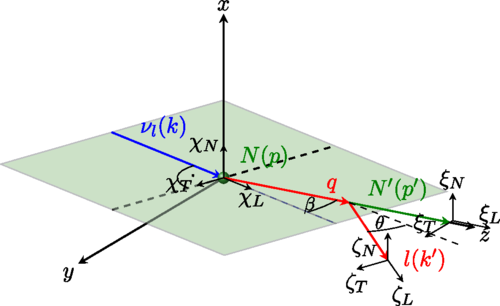Single pion production (SPP) in neutrino interactions with nucleons
Single pion production (SPP) induced by neutrino-nucleon scattering is one of the processes used to measure the neutrino oscillation parameters. We have proposed several improvements in the theoretical description of the SPP. Inpapers Phys. Rev. D77, 053001 and Phys. Rev. D77, 053003, a new scheme for modeling resonance form factors in the Rein-Sehgal model and an algorithm for implementing the lepton mass effects were proposed. Several experimental Monte Carlo generators, including NEUT implemented our results. In Phys. Rev. D 80, 093001, we studied the ANL and BNL data for SPP. For the first time, it was shown that both data sets are consistent, contrary to what was claimed before in previous analyses. In Phys.Rev. D80, 093001, and Phys. Rev. D90, 093001, we obtained new parametrizations for the weak nucleon-Delta excitation transition matrix element.


